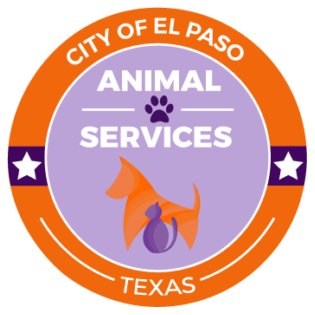Canine parvovirus (aka parvo) is a highly contagious disease that can oftentimes be fatal, but it’s also avoidable! Parvo isn’t just a puppy disease—unvaccinated adult dogs can also contract parvo, and parvo is easily spread by humans, animals or objects that come into contact with infected feces.
Protect your pups of all ages from this deadly disease by following these easy steps:
1. Make sure your dog is properly vaccinated.
Puppies should receive their first vaccines at 6-8 weeks of age; boosters should be administered at 3-week intervals until the puppy is 16 weeks of age, and then again at one year of age. Parvo is often thought of as just a puppy’s disease, but adult dogs can be infected, too if they aren’t properly vaccinated! Make sure you vaccinate your adult dog YEARLY for distemper and parvo. Don’t forget, even when you adopt a pet, they still need yearly vaccines!
To find a list of clinics, including low-cost options, visit www.epvma.org.
2. Limit your puppy or unvaccinated dog’s exposure to other dogs.
A puppy or unvaccinated dog has a weak immune system. Avoid any contact with other dogs if your pet hasn’t been vaccinated. Once your puppy has had their initial boosters, or if your adult dog has been recently vaccinated, it’d be best to wait 2 weeks until allowing them to interact with other dogs.
3. Avoid places where your puppy or unvaccinated dog could be exposed to parvovirus from unvaccinated dogs.
Dog parks, pet stores, playgroups, your neighborhood and other public areas should be avoided until your dog or puppy is fully vaccinated. When visiting your vet for wellness exams and vaccinations, carry your puppy in your arms and keep them in your lap while you wait to avoid them coming in contact with any other possibly sick animal.
4. Parvovirus is very difficult to kill and can live in the environment for over a year.
If you suspect your house or yard has been infected, clean with a 1:32 dilution of bleach (1/2 cup bleach in a gallon of water). Regular soaps and disinfectants DO NOT kill parvovirus. Areas that cannot be cleaned with bleach may remain contaminated. Remember, the virus can survive on a variety of objects, including food bowls, shoes, clothes, carpet and floors.
5. If you work or spend time in places where you have contact with dogs, change your clothes and shoes before returning home to your dog or puppy.
Be sure to wash your hands and other exposed areas of skin.
6. If your dog or puppy is vomiting, has diarrhea, is not eating or is lethargic, you should take him to the vet as soon as possible.
These are all symptoms of parvovirus. But even if they are not showing all of these symptoms, infected dogs may show only one symptom! If you’re ever concerned about your pet’s health, please take them to your vet. To find a veterinarian in your area, visit www.epvma.org.
7. Don’t forget to regularly vaccinate your dog!
Adult dogs can contract the disease, too, if they are unvaccinated. A dog whose immune system is compromised (due to another medical condition) is also at risk for parvo. Puppies can start their distemper/parvo booster series at as young as 6 weeks, but all dogs and puppies should have a yearly booster thereafter.

For more information on canine parvovirus, visit the American Veterinary Medical Association.



Leave a Reply
You must be logged in to post a comment.